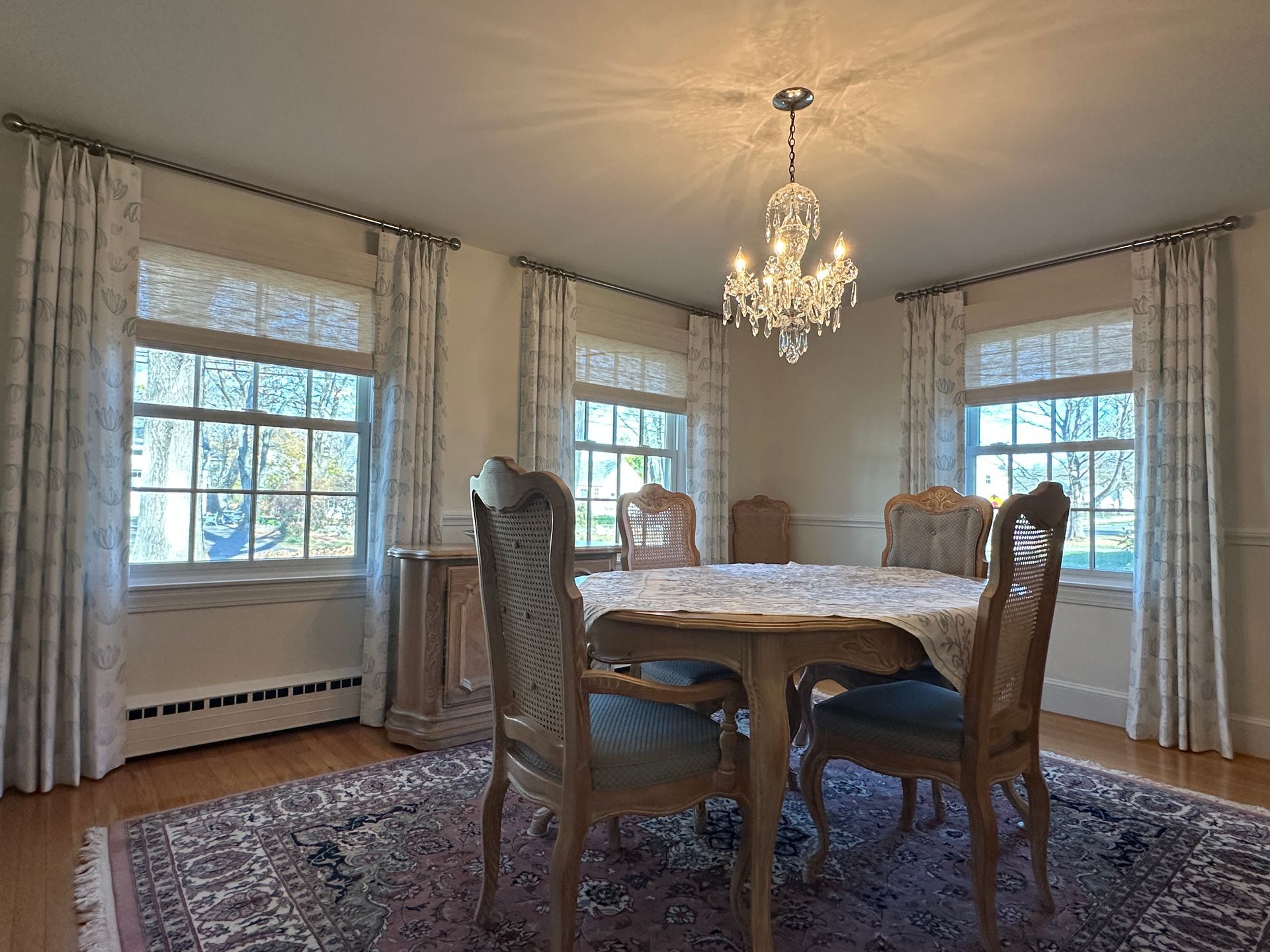How to Prevent Your Drapery from Sagging Over Time
TLDR;
To prevent
drapery from sagging over time, start with strong, high-quality hardware, install brackets at proper intervals, and use fabric support techniques like weights or lining. Maintain your drapes regularly with inspections, adjustments, and cleaning to keep them in shape for years.
Why Sagging Happens and How to Stop It Early
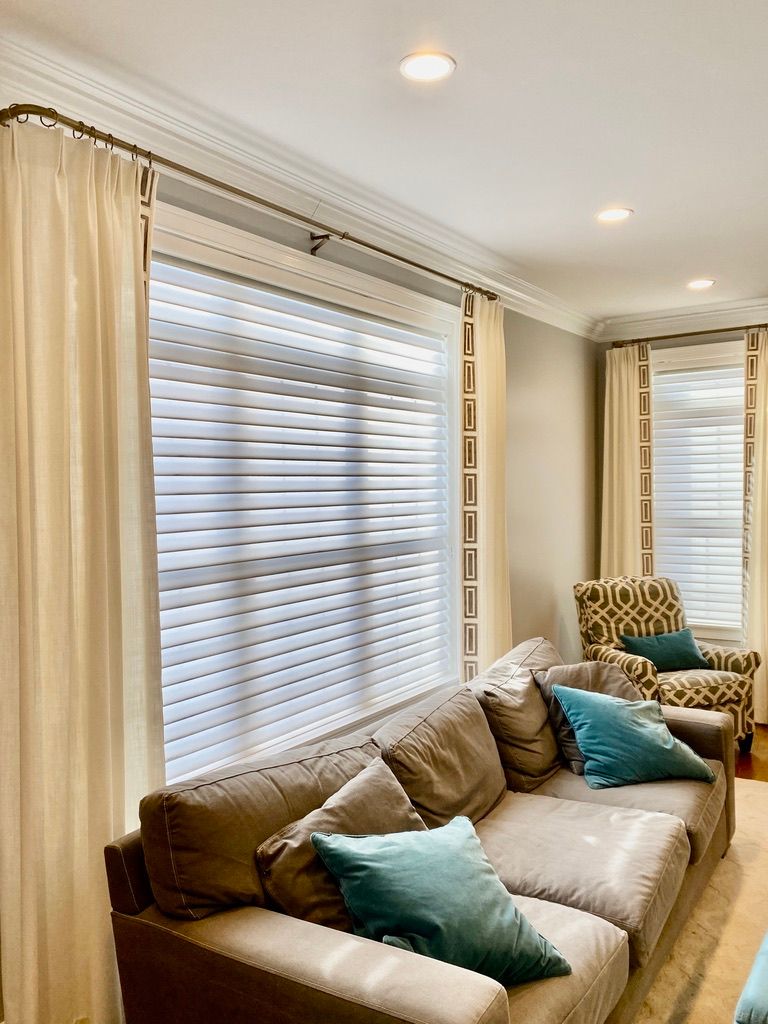
Sagging drapery happens when fabric weight, gravity, and weak hardware combine over time. The good news is that you can stop it before it starts. The key is to choose the right hardware, install it correctly, and maintain it regularly. Simply Windows recommends treating your drapery as a functional design investment. If you set it up properly and keep an eye on it, you will extend its lifespan and preserve its appearance.
Fabric Weight and Stretch Behavior
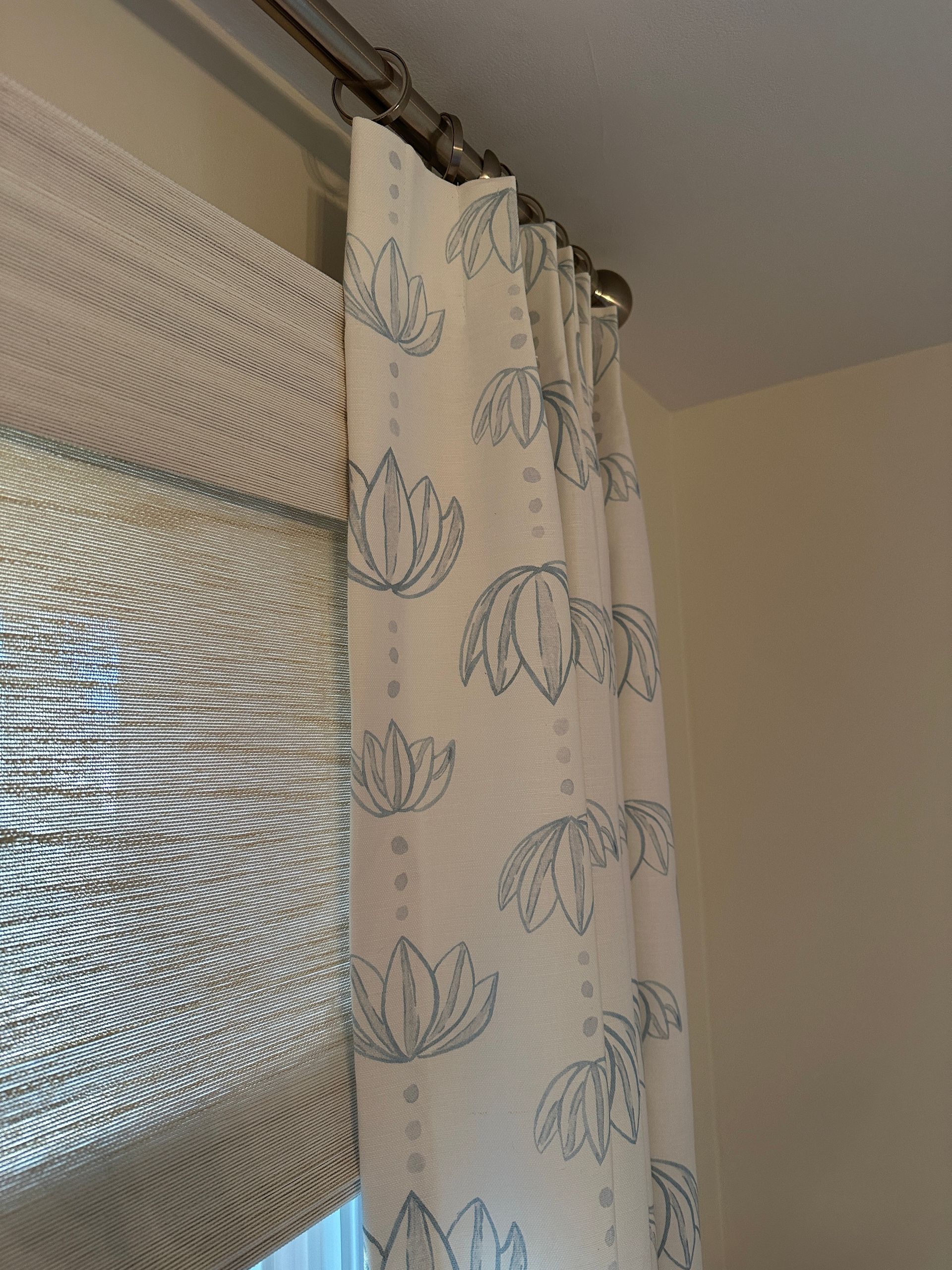
Heavy fabrics pull down harder on rods. Over months or years, gravity stretches the fabric and strains the hardware. Even lightweight natural fibers can stretch with humidity and repeated opening and closing.
To manage this:
- Select fabrics with a stable weave
- Use lining to add structure without excessive weight
- Avoid extra-long panels dragging on the floor
Using Quality Hardware to Prevent Sagging Drapery
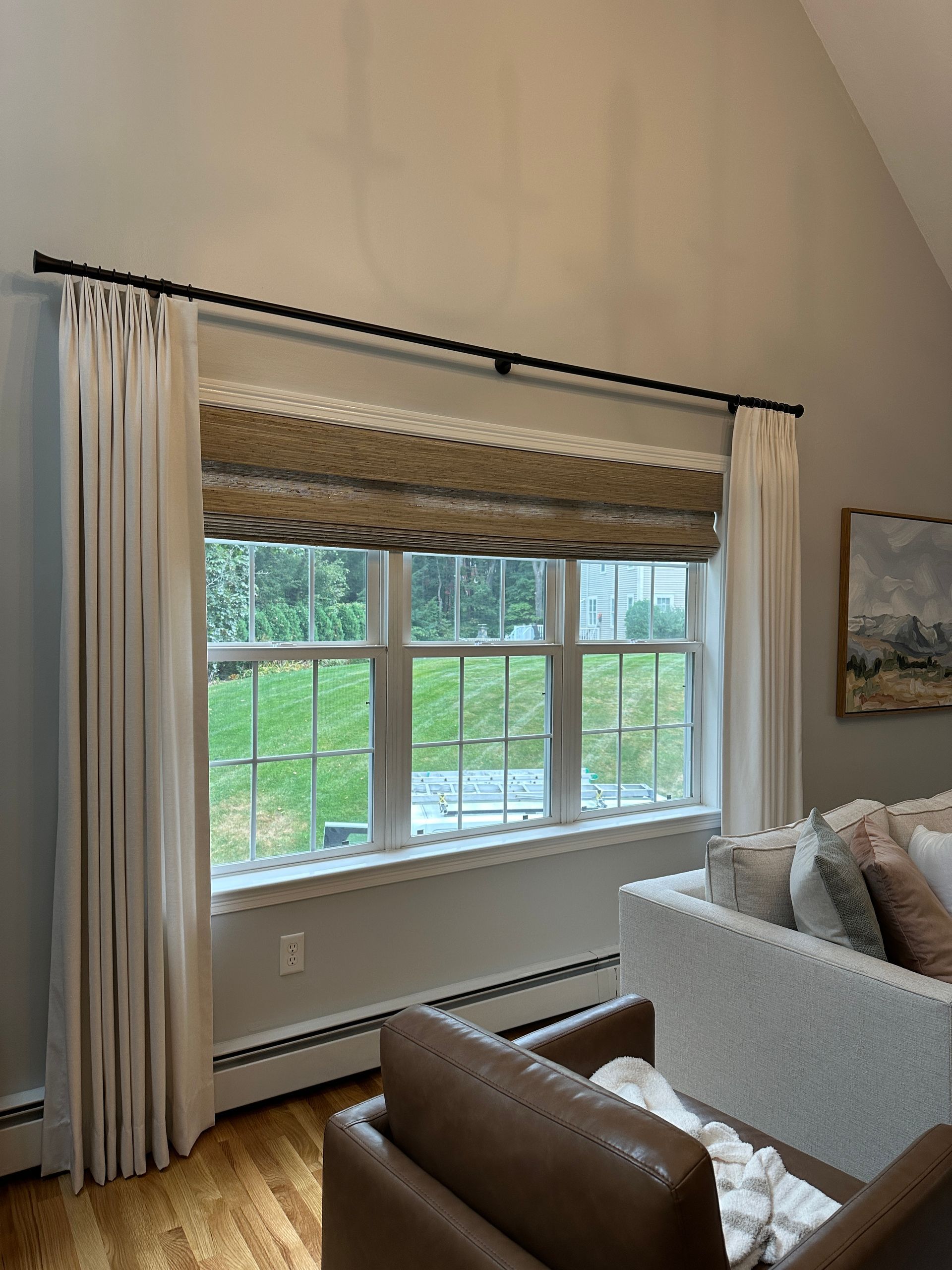
Weak rods and flimsy brackets fail faster. Use the strongest hardware your budget allows.
- Choose rods at least 1⅜ inches in diameter for heavier drapes
- Pick brackets that match your rod strength
- Secure brackets into wall studs when possible
- For drywall, use heavy-duty anchors or toggle bolts
Curtain Rod Sag Solutions

One of the most common causes of sag is a long rod with no middle support.
- Install a center support bracket for spans over 60 inches
- Space brackets every 24 to 36 inches for even weight distribution
- Use telescoping rods with caution, as thinner center sections may bend more easily
Drapery Support Techniques That Work
Support starts with the way you hang and maintain your panels.
- Train the pleats by folding and tying drapes in position for a few days after installation
- Add discreet weights to hems to keep the fabric hanging straight
- Steam or iron drapes periodically to reset their shape and keep them looking fresh. If creases persist, try proven methods to remove wrinkles from curtains without damaging the fabric.
Environmental and Usage Factors
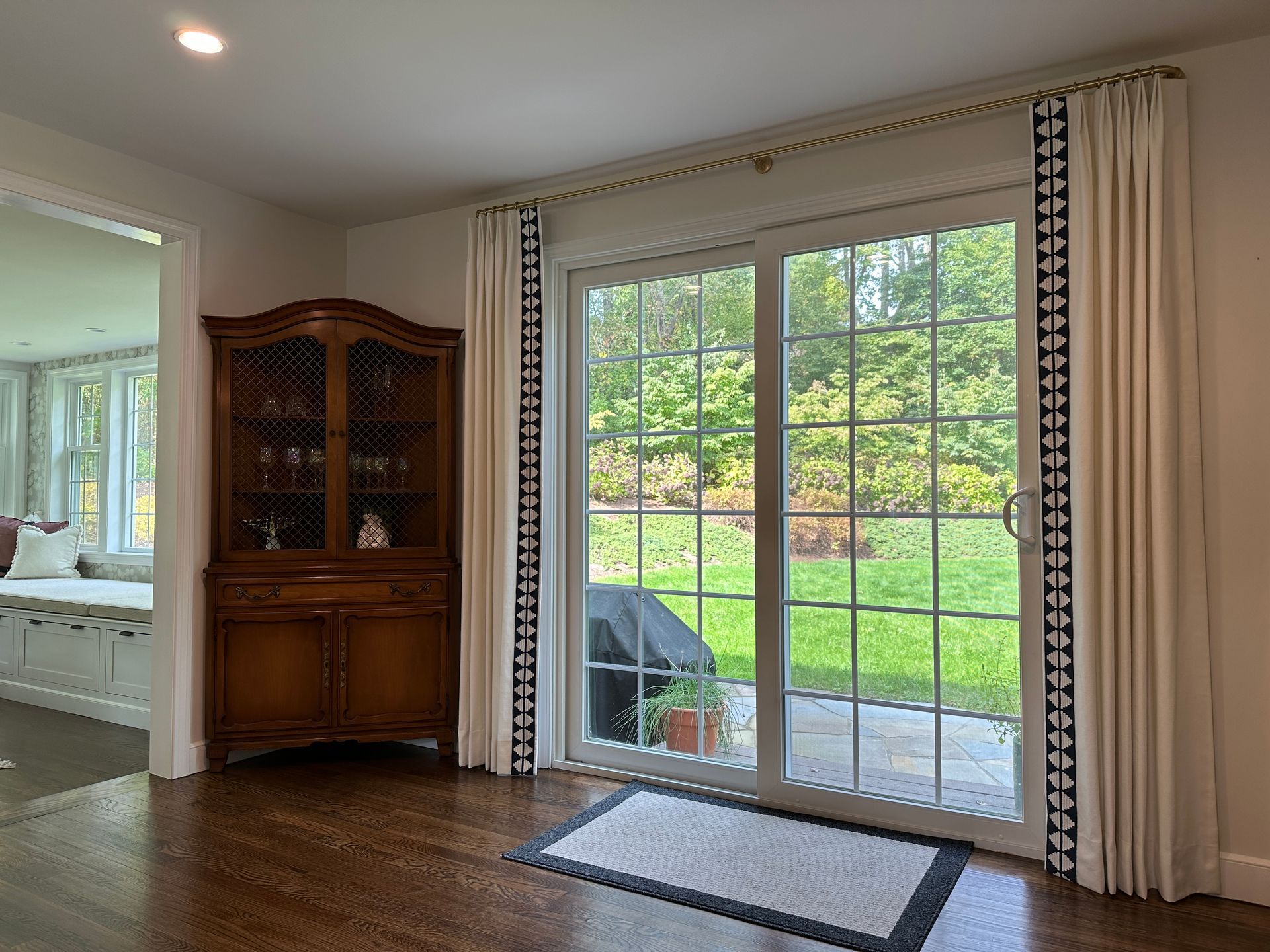
Your home environment affects how long your drapes stay in shape.
- Direct sunlight weakens fibers over time; use UV-blocking lining
- Humidity causes fabric to stretch; keep rooms ventilated
- Children or pets pulling on drapes accelerates wear; use tiebacks or holdbacks when possible
Preventive Measures During Installation
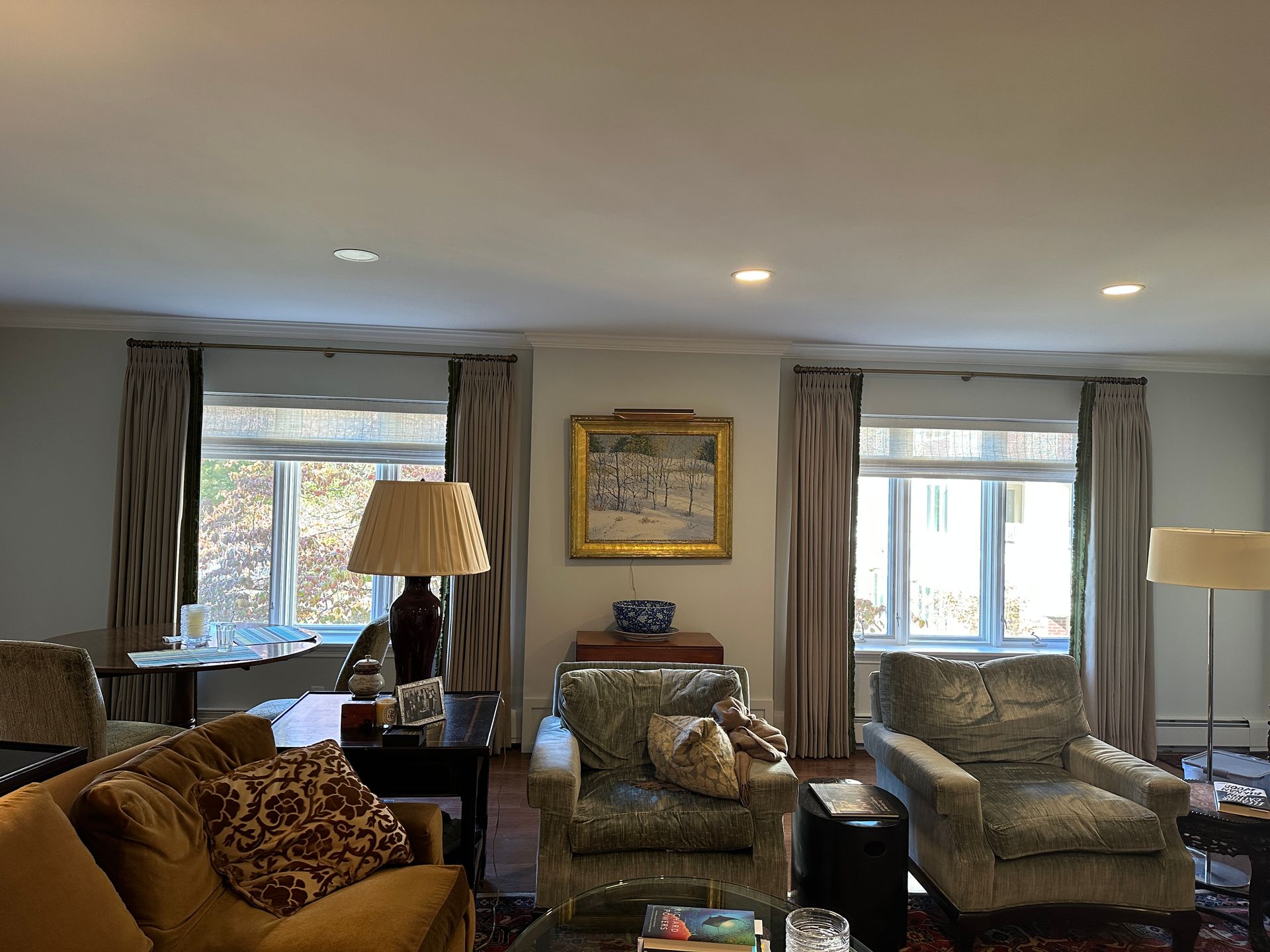
The setup stage is your best chance to prevent sag.
- Measure accurately before drilling
- Place brackets so weight is shared evenly
- Avoid stretching the rod to its maximum length; extend it only enough to fit the window width
- Leave a small gap between the rod and wall to prevent fabric bunching
Mid-Term Drapery Maintenance
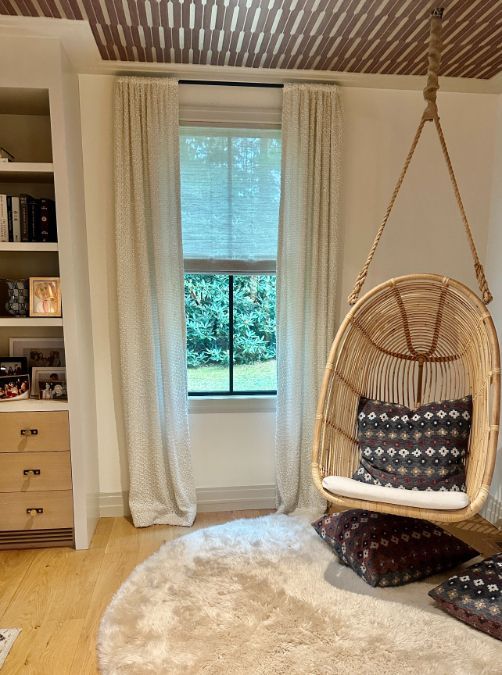
Even the best installation needs regular upkeep.
- Inspect quarterly for loose screws or shifting brackets
- Check for fabric stretching or seam stress
- Rotate panels occasionally to balance sun exposure
- Tighten all fasteners before they loosen enough to cause sag
Simple Fixes to Stop Drapery Sag in Wide Windows

If sagging has already begun, act quickly.
- Add a center support bracket without removing the entire rod
- Replace a thin rod with a thicker one
- Swap heavy panels for lighter fabric if hardware cannot be upgraded
- Use reinforced hem tape to maintain shape
Advanced Drapery Sag Prevention Strategies
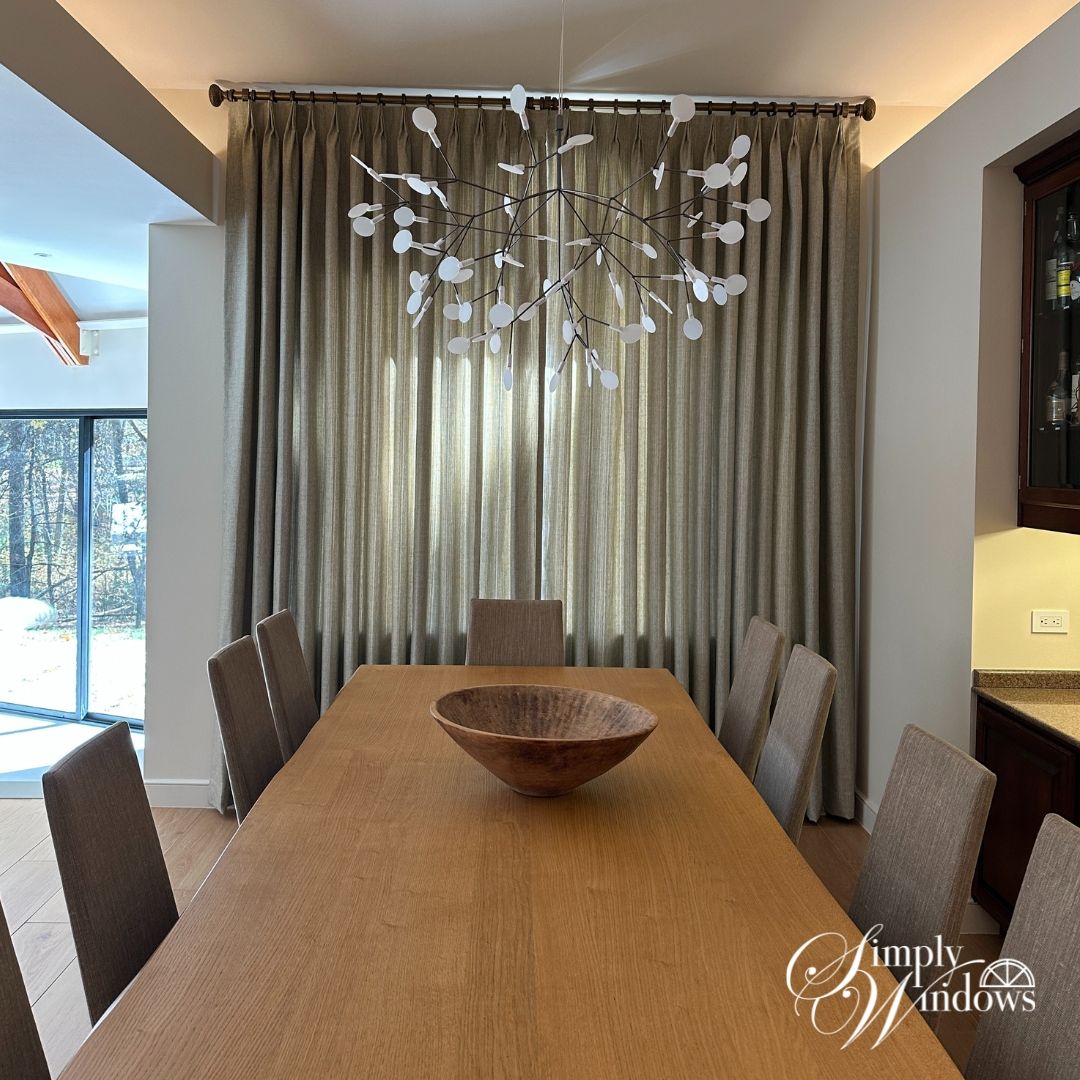
For very wide or heavy setups:
- Install a ceiling-mounted rod to support weight from above
- Use a double-rod system to split fabric weight
- Reinforce wall mounts with larger anchors
- Add a hidden secondary rod inside hollow drapery sleeves for stiffness
Best Hardware to Avoid Drapery Sag Over Time
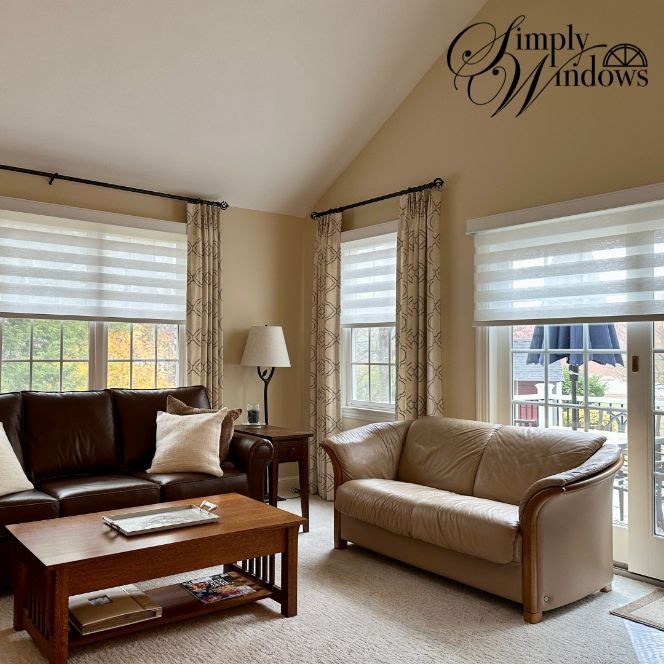
Choose hardware designed to last.
- Heavy-duty steel rods resist bending better than hollow aluminum
- Solid wood rods work well for traditional interiors
- Premium brackets with deeper cradle arms keep rods from slipping
- High-quality rings or gliders reduce friction and fabric strain
How to Reinforce Curtain Rod to Prevent Sagging Long Term
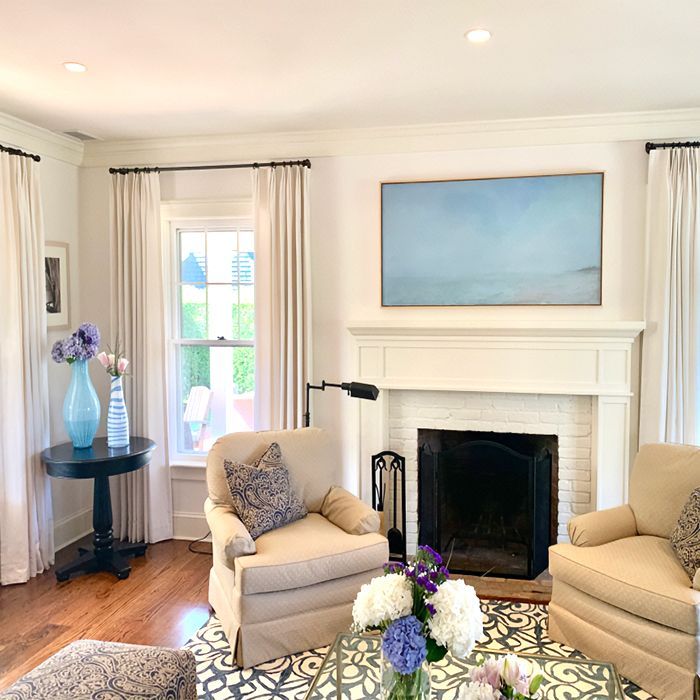
For existing installations:
- Replace short screws with longer ones for deeper wall grip
- Switch to wall-to-wall rods for added stability
- Upgrade to commercial-grade brackets if weight increases
Maintenance Schedule for Long-Term Drapery Shape
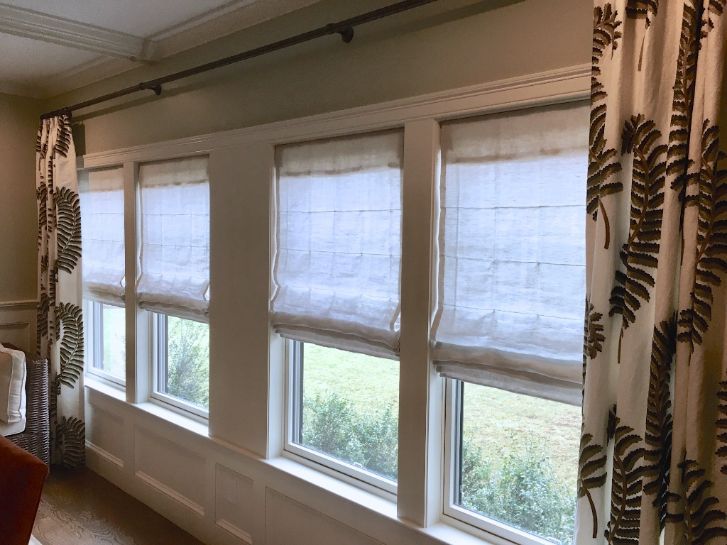
Monthly:
- Dust rods and brackets
- Check for uneven pleats or folds
Quarterly: - Tighten screws and anchors
- Inspect fabric for early signs of stretching
Annually: - Steam or professionally clean drapes
- Assess hardware for replacement needs

